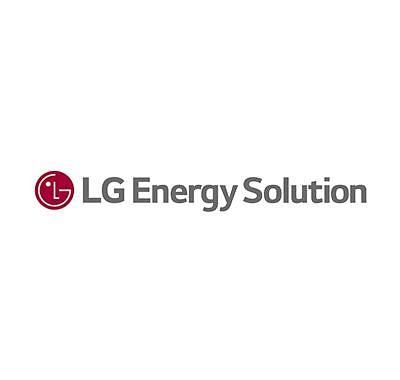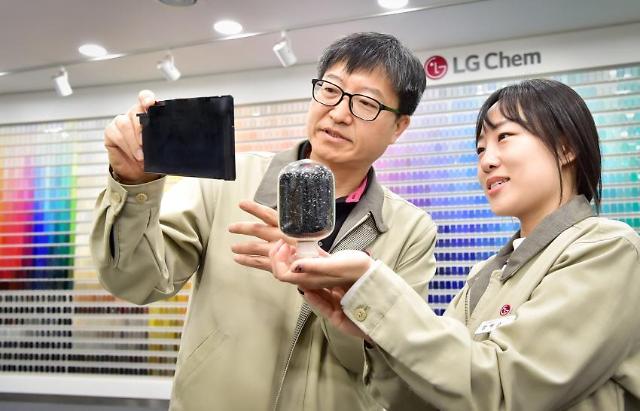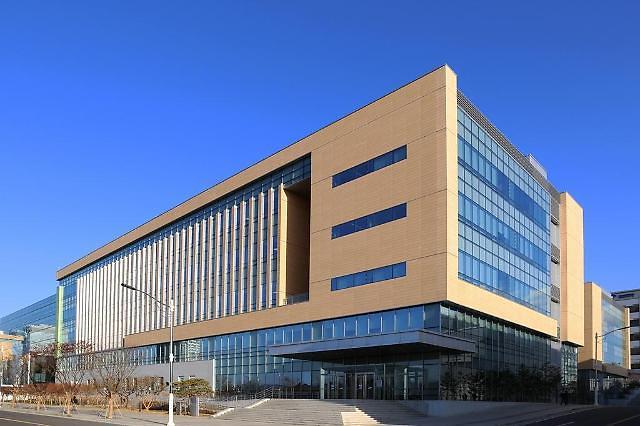
[Courtesy of LGES]
SEOUL -- LG Energy Solution, the battery-making wing of South Korea's LG Group, will invest some 730 billion won ($567 million) to boost the domestic production of cylindrical cells for electric vehicles.
LG Energy Solution (LGES) said that it would spend some 580 billion won on building new mass-production facilities for cylindrical batteries, and 150 billion won on expanding cylindrical battery lines, both at its production base in Ochang. Production is to begin in the second half of 2023.
Through this investment, LGES said it would secure an additional production capacity of about 13 gigawatts hour (GWh) for electric vehicle makers that would adopt cylindrical batteries as well as light electric vehicle (LEV) companies. The company did not name any clients, but its investment came as Tesla is to release electric vehicles equipped with cylindrical batteries.
LGES Vice Chairman Kwon Young-soo said the new investment is designed to increase its supply responsiveness due to growing interest among global automakers in adopting cylindrical batteries. "We will increase customer value by responding to customers' needs in a timely manner with a diversified portfolio of products such as pouch and cylindrical types."
In March 2022, LGES disclosed the proposed investment of some 1.7 trillion won to build a cylindrical cell plant in Queen Creek in the state of Arizona to actively respond to fast-growing demands from electric vehicle startups and wireless power tool makers in North America. Construction of the plant with an annual capacity of 11 GWh is to begin in the second quarter of 2022 for production in the second half of 2024.
There are three types of batteries - prismatic, pouch and cylindrical. Cylindrical cells are the most commonly used cell type due to their lower cost, good mechanical stability, and better temperature control. They can be produced much faster, provide a better automation process and handle high internal pressures without deforming. Their main downfall is that they use up more space.
Pouch cells use laminated architecture in a bag, offering a simple, flexible and lightweight solution to battery design. They are light and cost-effective but exposure to humidity and high temperature can shorten life. Swelling is a concern. Prismatic cells are encased in aluminum or steel for stability and satisfy the demand for thinner sizes. Wrapped in packages, prismatic cells make optimal use of space and allow flexible design but they can be more expensive to manufacture and have a shorter cycle life than cylindrical design.




